Rebuilding Kalbajar: A new chapter for the liberated lands
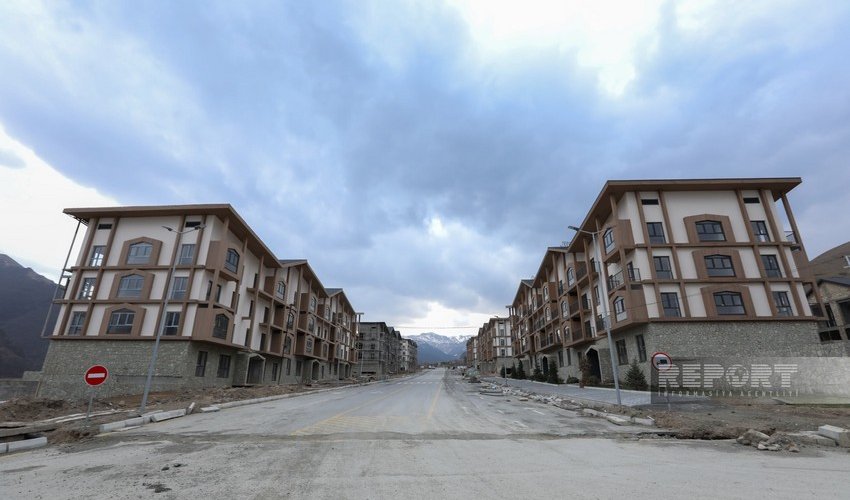
In the heart of Azerbaijan's Kalbajar district, once under long years of Armenian occupation, the pulse of reconstruction is stronger than ever. The rebuilding process is in full swing, with new infrastructure, administrative buildings, and residential homes emerging as symbols of progress. At the forefront of this revitalization is the construction of a state-of-the-art road network.
During the occupation, Armenia laid down an asphalt road stretching from Basarkechar (Armenians call it Vardenis - ed.) to Aghdara. However, that road has now been completely dismantled, and the State Agency for Automobile Roads of Azerbaijan is creating a far superior highway. Construction crews work around the clock—crushing rocks, laying stones, and paving asphalt.
The new road will be wider and more resilient, with the asphalt covering growing from 7 to 9 meters, and the roadbed expanding to a full 15 meters. Project manager Vusal Samadov, overseeing the work, shares that the project began 16 months ago, and though challenges persist—particularly the need to blast through solid rock—the road is progressing rapidly.
"To widen the road in certain places, we need to break through mountains, which takes time. But we’re working efficiently, and we expect to finish the road within a year," Samadov says confidently.
The road will span 38 kilometers, featuring 6 bridges, 82 drainage pipes, and 3 bus stops. It will stretch from the village of Heyvali in Aghdara to the Vang Circle in Kalbajar, with obstacles like the Tartar River forcing workers to carefully carve through rocky terrain. Samadov emphasizes that while the mountains are being blasted, the river itself is untouched, with the rubble used in road construction.
In addition to the roadworks, retaining walls are being built along landslide-prone sections of the mountains to ensure long-term safety. These robust stone barriers will span up to 5 kilometers, preventing rockfalls and creating a secure passage for future travelers.
After touring the area, we made our way to Kalbajar city, where the transformation is striking. The city now thrives with new buildings rising against the mountain backdrop, offering a sense of life and hope to the region.
We had the opportunity to speak with Vazeh Valiyev, the project manager overseeing the construction of residential buildings in Kalbajar. He shared that the first residential complex is almost ready for occupancy.
"Six buildings in the first phase are nearing completion. These five-story structures offer 2, 3, and 4-room apartments. The ground floor will serve as parking, and the remaining floors will be residential. Each building also has a two-story townhouse at the back," Valiyev explains.
In May 2023, President Ilham Aliyev laid the cornerstone for the first residential district in Kalbajar. Just a few months later, in September 2024, the second residential complex also broke ground.
The city's master plan spans 1.76 hectares and is designed as a multifunctional zone. Eight buildings will rise, offering a mix of two, three, and four-bedroom apartments. This development is set to house 160 families in total.
As for the second residential complex, concrete work is wrapping up, and finishing touches will soon follow.
"We’re focused not only on providing homes but also creating spaces for employment and recreation. There will be extensive landscaping, and the entire area will be powered by green energy," Valiyev adds.
Kalbajar’s transformation is not just about physical infrastructure—it's a revival of hope, pride, and unity for the people. Every rebuilt village, every new tree planted, and every building erected is a testament to the resilience of a community that is reclaiming its future.
























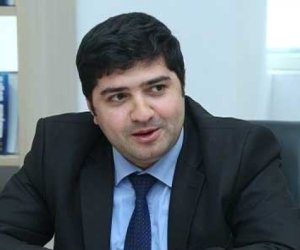
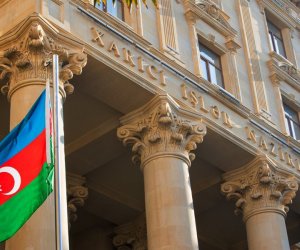

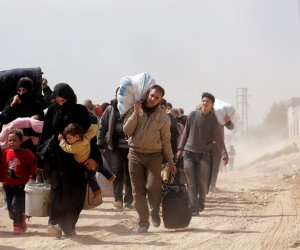
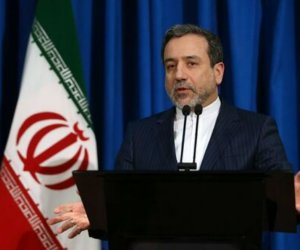
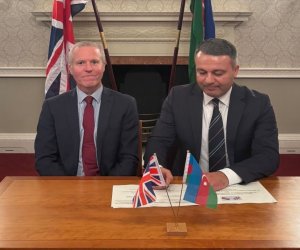
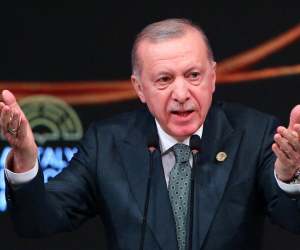
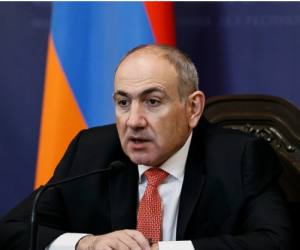
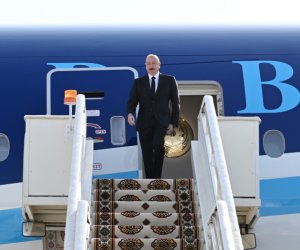



 Photo
Photo 
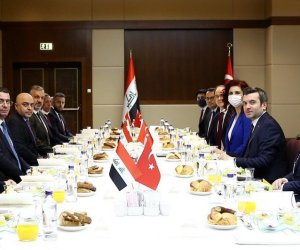
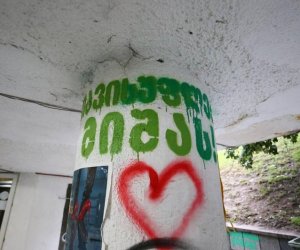

 Video
Video 

